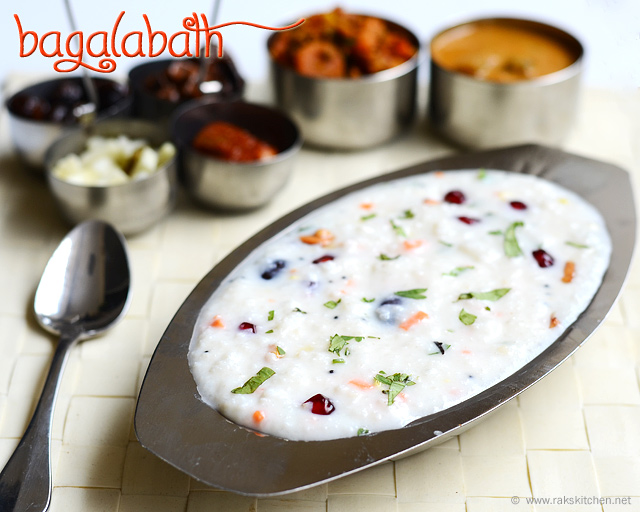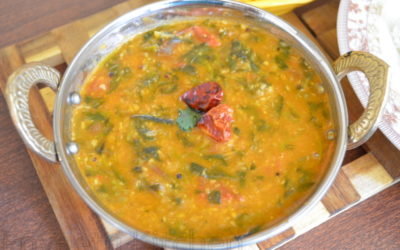Variety Rice
The staple food of India is rice. Up until 1970, India was home to nearly 1,10,000 varieties of indegenous rice! Thanks, but no thanks to the Green Revolution, only 6,000 varieties now remain – a result of the green revolution’s emphasis on mono culture and hybrid cropping! Be that as it may, India is known for its sheer variety of rice dishes that are prepared and served, no matter what the occasion – sickness, health, family gathering, festivities, Hindu rituals, offering (naivedya or prasad), weddings, funerals, even as offerings to ancestors and departed souls.
Rice 4 is the seed of the grass species Oryza sativa (Asian rice) or Oryza glaberrima (African rice). As a cereal grain, it is the most widely consumed staple food for a large part of the world’s human population, especially in Asia. Rice is the most important grain with regard to human nutrition and caloric intake, providing more than one-fifth of the calories consumed worldwide by humans.
Rice cultivation is well-suited to countries and regions with low labor costs and high rainfall, as it is labor-intensive to cultivate and requires ample water. However, rice can be grown practically anywhere, even on a steep hill or mountain area with the use of water-controlling terrace systems.
Etymologically, the word ‘rice’ is derived from the Tamil word arisi. Indian rice cultivars include long- grained and aromatic Basmati (grown in the North), long and medium-grained Patna rice, and in South India (Andhra Pradesh and Karnataka) short-grained Sona Masuri (also called as Bangaru theegalu). In the state of Tamil Nadu, the most prized variety is the ponni which is primarily grown in the delta regions of the Kaveri River. In the Western Indian state of Maharashtra, a short grain variety called Ambemohar is very popular. This rice has a characteristic fragrance of the mango blossom.
Preparation
Rice is typically rinsed before cooking to remove excess starch. Rice may be rinsed repeatedly until the rinse water is clear to improve the texture and taste. Rice may be soaked to decrease cooking time, conserve fuel, minimize exposure to high temperature, and reduce stickiness. Rice may be soaked for 30 minutes up to several hours. Rice is cooked by boiling or steaming, and absorbs water during cooking. Almost all rice recipes in the Bhaga Shastra indicate draining out starch after cooking, before further procedures of making a variety of tasty dishes is followed.
A basic preparation of rice is very simple and easy. However, the procedures to turn them into tasty dishes make it an elaborate affair, as the wide variety of rice dishes described in the recipes below will testify. When combined with milk, jaggery, and honey, it is used to make desserts.Rice, Festive Food, Sweets, Desserts, Lunch, Dinner, A basic preparation of rice is very simple and easy. However, the procedures to turn them into tasty dishes make it an elaborate affair, as the wide variety of rice dishes described in the recipes below will testify. When combined with milk, jaggery, and honey, it is used to make desserts.
Alternate Curd Rice (Bagalabath)

Ingredients:
For making Rice:
Water – 1½ padi
Rice – 1/2 padi
Boiled & Reduced Milk – 1 padi
Thick Curd – 1/2 padi
New Butter – 6 palam
Salt – 1/2 palam
To Temper:
Ghee – 3 palam
Red Chilly – 1/4 palam
Mustard seed – 1/8 palam
Black Gram – 1/4 palam
Bengal Gram – 1/4 palam
Green chilly – 1/2 palam
Curry Leaves – 1/8 palam
Method:
1. Heat the water and mix the rice and boil till it gets cooked properly. Drain the excess water. Put the rice in a lead coated vessel that can hold 4 padis of water. Let it cool and mash it with your hands.
2. Mix the thick curd, boiled and reduced milk, butter and salt with the rice and mash it gently using a spindle.
3. Take a skillet and add ghee. When it is heated add red chilli, mustard seed, black gram, bengal gram, finely chopped green chilly and temper based on the way prescribed in recipe no. 22 (Seasoning Recipe). After that add curry leaves. When the crackling sound stops add the tempering to the rice and mix gently and serve.
P.S: We can also add ¼ palam of cardamom powder.





0 Comments